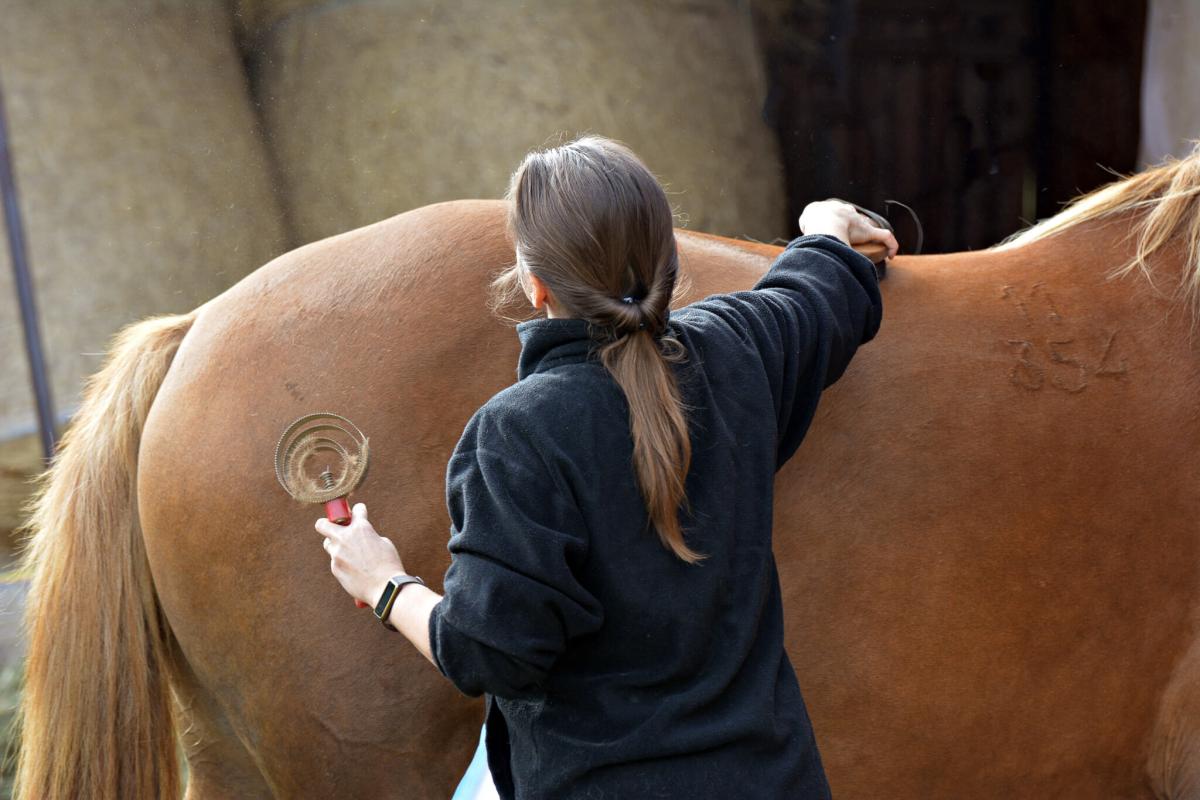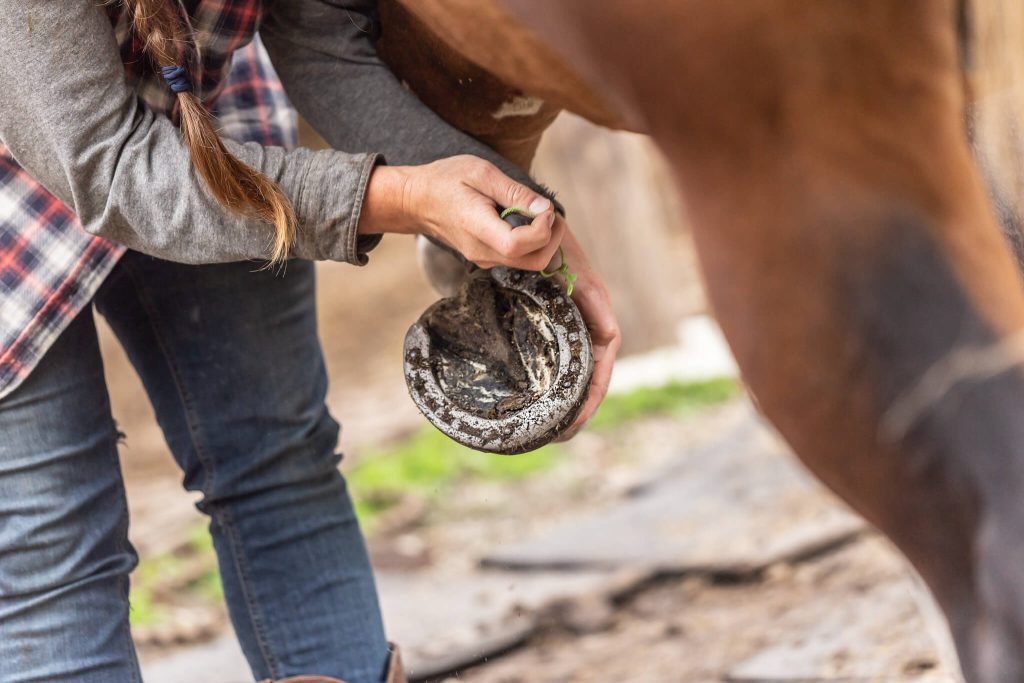
Whether your horse is stabled, turned out, or in regular work, regular horse health checks are essential to ensure they remain happy, comfortable, and in peak condition. Spotting subtle changes early can help prevent more serious issues down the line. It will also strengthen your relationship with your horse, as you'll become familiar with what’s normal for them.
In this blog, we’ll walk through a practical, head-to-hoof guide to checking your horse’s health, from appearance and appetite to hooves and vital signs.
General appearance and behaviour
Begin by observing your horse from a distance. A healthy horse will appear bright, alert, and responsive. Watch for any changes in behaviour, such as lethargy, agitation, or unusual quietness, which may signal discomfort or illness. Pay attention to their posture and movement. A reluctance to move or shifting weight between legs could indicate pain or lameness.
Also, monitor their appetite and drinking habits. A sudden disinterest in food or water, or changes in droppings, are early signs that something might be wrong.
Eyes, ears, and nose
Your horse’s eyes should be clear, bright, and discharge-free. Any cloudiness, excessive tearing, or redness may suggest infection or injury. The ears should move in response to sounds and remain free of odour or discharge. Check the nostrils for signs of excessive mucus, which can indicate respiratory issues. A small clear discharge is usually normal, but thick or coloured mucus should be investigated.
Mouth and teeth
Check the gums for a healthy pink colour and moist texture, as pale or bluish gums may signal circulatory problems. Press your finger gently on the gum and indicate how long the colour will return (capillary refill time); it should be under two seconds.
Dental issues are common in horses and can cause discomfort, weight loss, or bit resistance. Look for signs such as dropping feed (quidding), bad breath, or tilting the head while chewing. Regular dental checks by an equine dentist are strongly recommended.
Skin and coat condition
Your horse’s coat should be smooth, shiny, and free of scurf or bald patches. Dull or flaky skin may indicate nutritional deficiencies, parasites, or skin conditions. Feel the skin for lumps, heat, or signs of irritation. Look for signs of fly irritation or sweet itch in warmer months, especially along the mane and tail.
Regular grooming is not only good for coat condition, but it is also an opportunity to spot changes early.
Legs and hooves
Run your hands down each leg to check for swelling, heat, or signs of injury. Horses are adept at masking lameness, so it’s important to feel for abnormalities, even if they appear sound. Gently flex joints to assess mobility and look for signs of pain or stiffness.

Hooves should be clean, with no foul smell or discharge. Pick out each hoof daily and check for stones, cracks, or signs of thrush. The hoof wall should be free from chips and well-shaped. Any sudden change in hoof temperature can indicate inflammation or laminitis.
Vital signs
Knowing your horse’s normal vital signs is crucial. Here are the key indicators:
- Temperature: 37.5°C to 38.5°C is normal for an adult horse.
- Pulse: 28–44 beats per minute.
- Respiration rate: 8–16 breaths per minute at rest.
- Capillary refill time: Less than 2 seconds.
Use a digital thermometer for temperature, and a stethoscope or finger under the jaw for heart rate. Always measure vital signs when the horse is at rest, and keep a record so you can notice changes over time.
A routine health check doesn’t need to be complicated, and taking just a few minutes each day can help you catch issues before they escalate. Over time, you’ll develop an understanding of what’s normal for your horse, which makes spotting abnormalities much easier.
If you ever find something concerning, don’t hesitate to speak with your vet or an Animal Health Expert for guidance. At StowAg, we’re here to support horse owners with practical advice and high-quality healthcare essentials, from hoof care to supplements and fly control.
